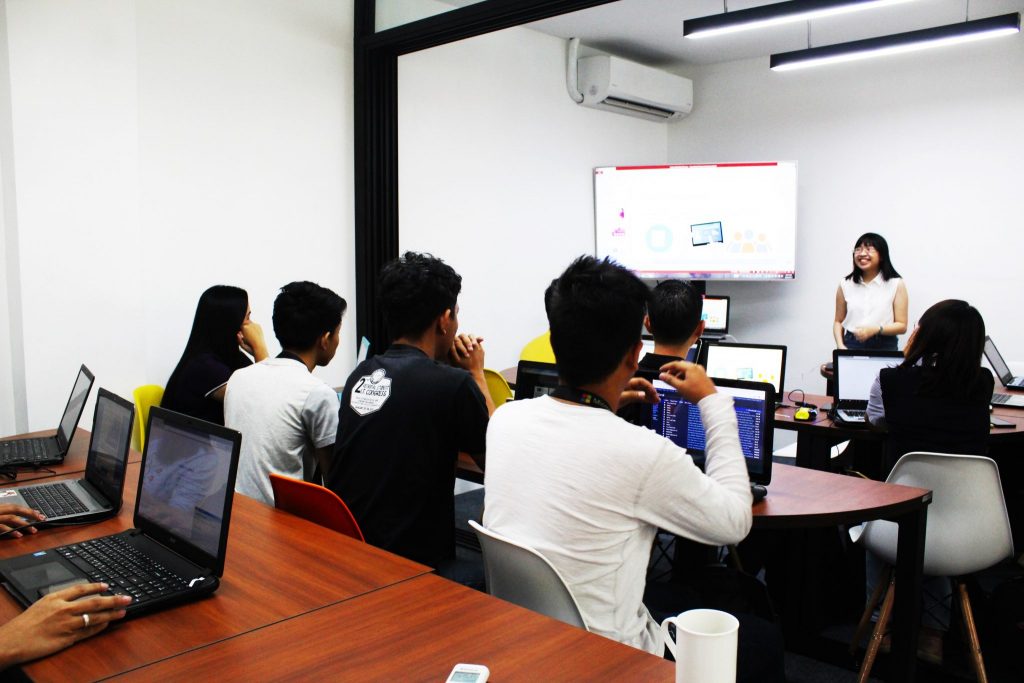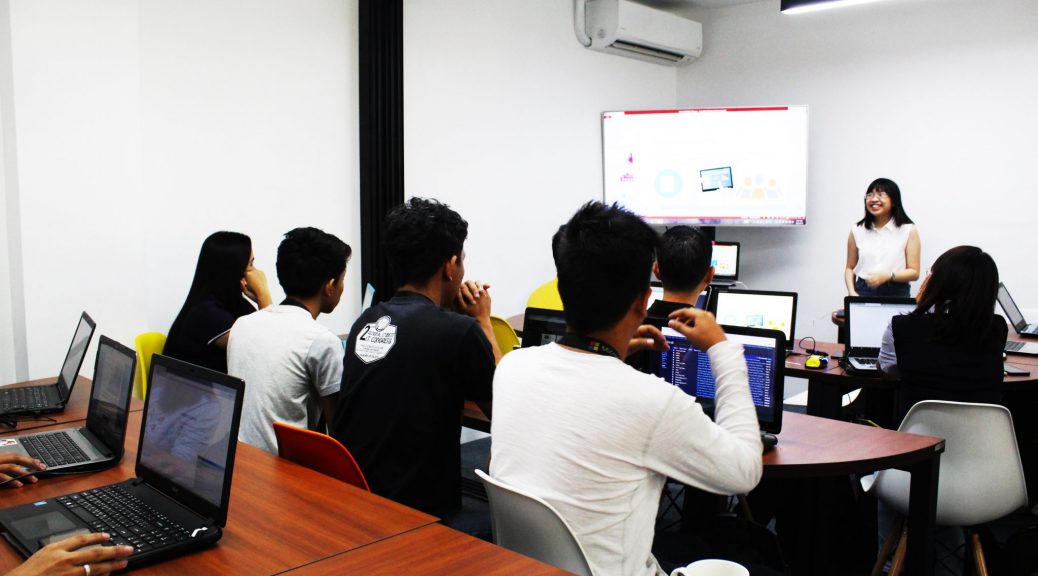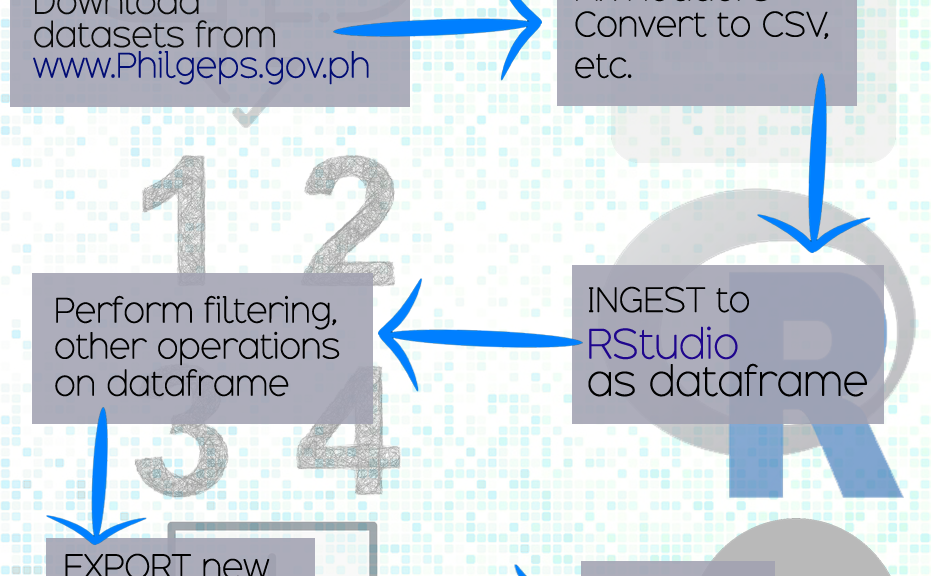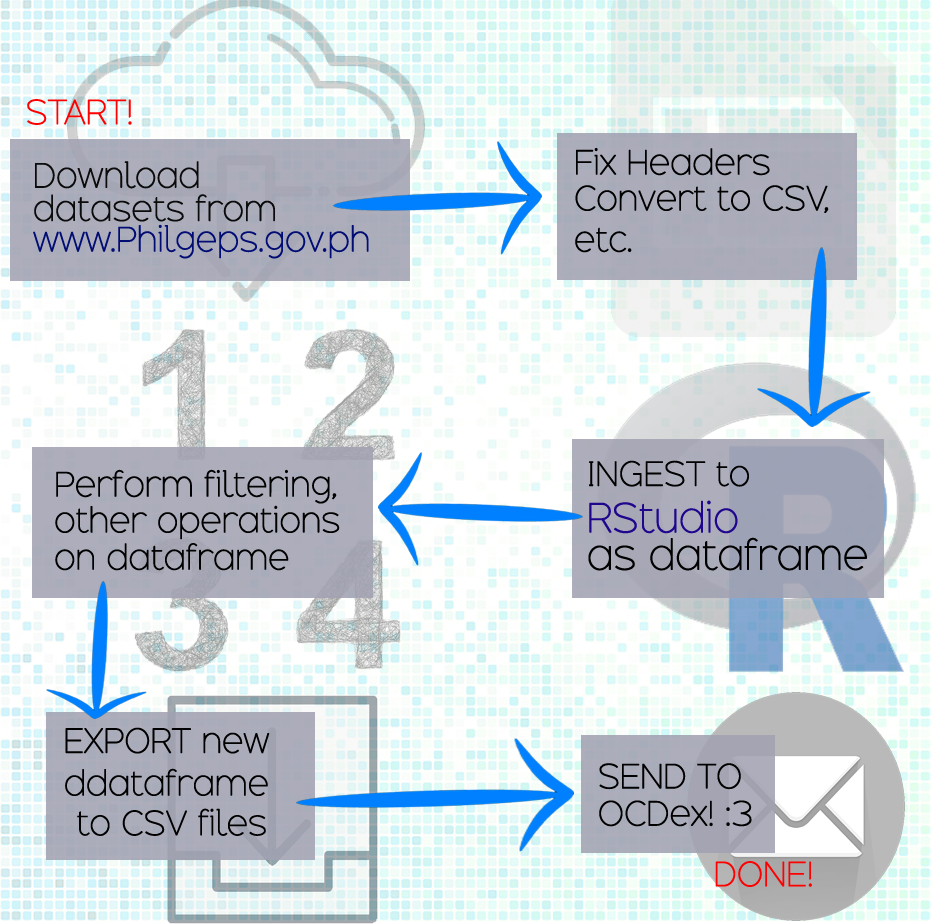Supported by Hivos, Layertech lead a data scraping session using R and R Studio, using official Philippine Procurement Datasets found in Philgeps.gov.ph’s Open Data Portal.
The session attendees were faculty members of Bicol University College of Science IT Department, and faculty and graduating students of Southern Luzon Technological College Foundation, Inc.

While procurement datasets are available in open data formats, the large PhilGEPS datasets still need to be pre-processed, filtered, visualized and analyzed. Only then can researchers, advocates, and concerned citizens draw useful insights to aid them in their advocacy and decision making.
What’s the objective?
Layertech and partners advocate for #DataDrivenGovernance. We aim to encourage researchers to study and innovate on government procurement. For them to do that, they must be equipped with the necessary skills and tools to draw insights from procurement information that is available.
For this first session, the academe was specifically invited because the team also needs to get their insights, comments and suggestions about the training design, in order to improve the next tech training sessions to come.
The team and partners will soon be deploying training sessions for young researchers, students, innovators, and faculty, on various topics such as:
Data Science
Data Analytics
Data Visualization
Python Programming
Machine Learning
Cybersecurity
Data Privacy
What are the results?
For the first training session with R, the participants were able to publish a total of 13 datasets (downloadable HERE, in our Open Data Portal) under various categories such as Health, Local Government, and Education.
The participants also actively presented their outputs and how these cleaned datasets can help increase transparency and efficiency in public procurement in the Philippines.
Want to know more about HOW to filter Philgeps datasets? Here’s a quick, general guide HERE.
Keep on visiting our “References” section for more procurement and data scraping, visualization, and analytics guides!



